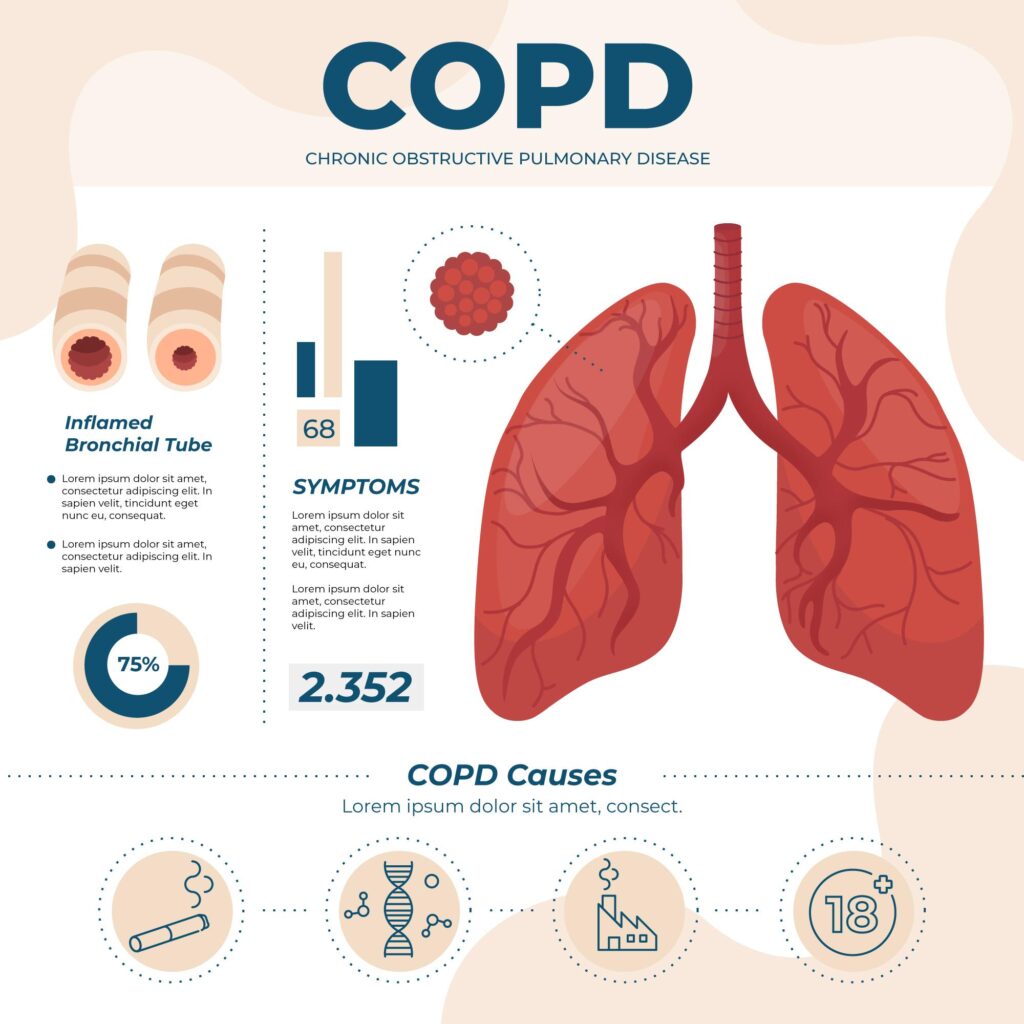In the realm of medical coding, “Interstitial Lung Disease ICD 10” precision and accuracy are paramount. One condition that requests close consideration is Interstitial Lung Infection (ILD). With the implementation of ICD-10, the landscape of medical coding has evolved. This article plans to give you a complete aide on exploring Interstitial Lung Illness ICD-10 effortlessly. We should jump into the complexities of this coding system bit by bit.

Table of Contents
Understanding Interstitial Lung Disease (ILD)
Interstitial Lung Sickness includes a gathering of issues described by irritation and scarring of the lung tissue.
Different causes, including ecological openings and immune system conditions, add to ILD. Risk factors like smoking, word related perils, and certain drugs can compound the condition.
The Significance of ICD-10 Coding
With the change from ICD-9 to ICD-10, clinical coding went through a progressive change. ICD-10 offers a more nitty gritty and thorough coding framework, considering further developed explicitness in diagnosing and treating patients. This redesign improves information exactness and aids better figuring out the commonness and effect of illnesses.
Crucial ICD-10 Codes for Interstitial Lung Disease
When dealing with ILD, accurate code selection is essential. Two primary ICD-10 codes come into play: J84, which encompasses other interstitial pulmonary diseases, and J84.0, focusing on alveolar and paracapillary interstitial lung disease. Proper code assignment ensures that the medical record accurately reflects the patient’s condition.

Coding Difficulties and Arrangements
Navigating ILD coding can be challenging due to the diverse nature of the disease. To beat this, doctors should give nitty gritty documentation, indicating the sort of ILD and any fundamental causes. Coders ought to team up intimately with medical care suppliers to address any documentation holes and guarantee exact code task.
Documentation Tips for Precise Coding
Thorough and precise documentation is the cornerstone of successful ILD coding. Doctors ought to remember thorough subtleties for their notes, illustrating the patient’s clinical history, analytic tests, and any known openings. Radiology and research facility reports assume a significant part in proving the finding and helping with exact code task.
Forestalling Normal Coding Mistakes
Botches in ILD coding can prompt case disavowals and repayment issues. Coders should be watchful in relegating the right codes, keeping away from code duplication, and consolidating updates to coding rules. Ordinary reviews and audits can help recognize and redress any coding blunders.

Coding Scenarios: Illustrative Examples
Case 1: Idiopathic Pulmonary Fibrosis
- Exploring the ICD-10 code for idiopathic pulmonary fibrosis
- Linking the code to specific diagnostic criteria
Case 2: Hypersensitivity Pneumonitis
- Understanding the ICD-10 code for hypersensitivity pneumonitis
- Highlighting key clinical features for accurate coding
Cooperation Among Coders and Medical services Suppliers
Powerful correspondence among coders and medical services suppliers is urgent. Coders should proactively seek clarification from physicians when faced with ambiguous documentation. Querying the physician ensures that the medical record reflects the true nature of the patient’s condition, leading to accurate code assignment.
Staying Updated with Coding Guidelines
Clinical coding is a powerful field, with rules and codes developing consistently. Coders must engage in continuous training and education to stay current with the latest updates. Utilizing coding assets and going to studios or online courses can improve coding capability.
The Eventual fate of Interstitial Lung Infection Coding
Innovative progressions, including man-made brainpower and AI, are ready to alter clinical coding. These advancements can possibly smooth out the coding system, further develop precision, and permit coders to zero in additional on complex situations.
Patient-Driven Way to deal with Coding
Exact coding straightforwardly influences patient consideration and repayment. By allocating the suitable codes, medical services suppliers can all the more likely comprehend the patient’s condition and designer therapy designs likewise. Furthermore, exact coding guarantees fair repayment for the administrations gave.
Conclusion – Interstitial Lung Disease ICD 10
In the realm of medical coding, mastering Interstitial Lung Disease ICD-10 coding is a valuable skill. By grasping the subtleties of ILD and remaining refreshed with coding rules, coders assume a urgent part in guaranteeing precise documentation and working on quiet consideration.
FAQs – Interstitial Lung Disease ICD 10
What is Interstitial Lung Disease (ILD)? Interstitial Lung Illness alludes to a gathering of problems described by irritation and scarring of lung tissue.
How does ICD-10 coding differ from ICD-9? ICD-10 offers a more definite and thorough coding framework, considering further developed explicitness in diagnosing and treating patients.
What are the vital difficulties in ILD coding? Specific documentation and accurate code assignment are key challenges in ILD coding.
How can healthcare providers and coders collaborate effectively? Compelling correspondence and proactive questioning of doctors are fundamental for joint effort.
What does the future hold for ILD coding? The eventual fate of ILD coding includes innovative headways like simulated intelligence and AI, smoothing out the coding system.


Thanks for sharing. I read many of your blog posts, cool, your blog is very good.
I appreciate your time spent reading my blog. Your engagement means a lot, and I hope you found the content enjoyable and insightful. Thank you for being a reader!